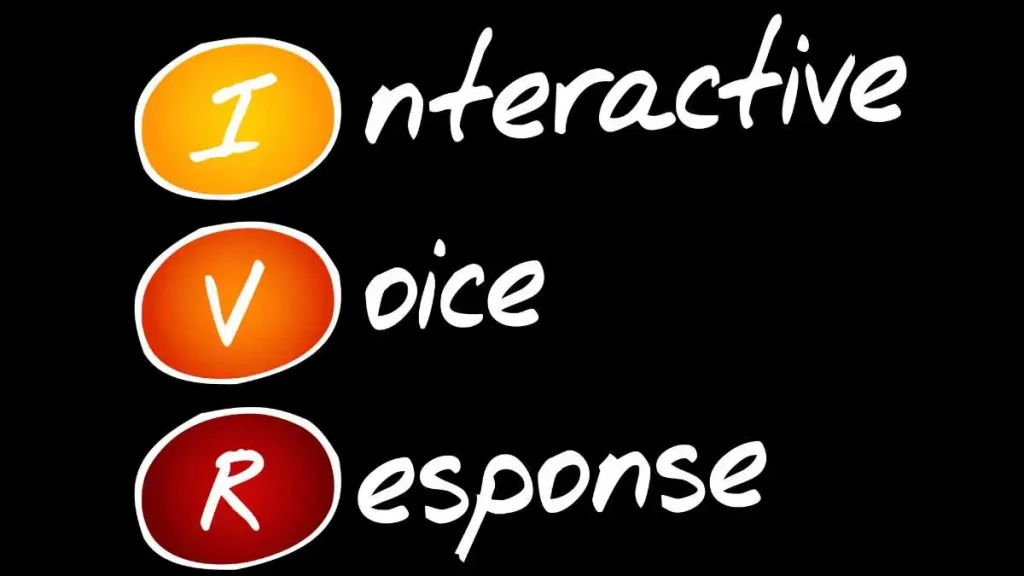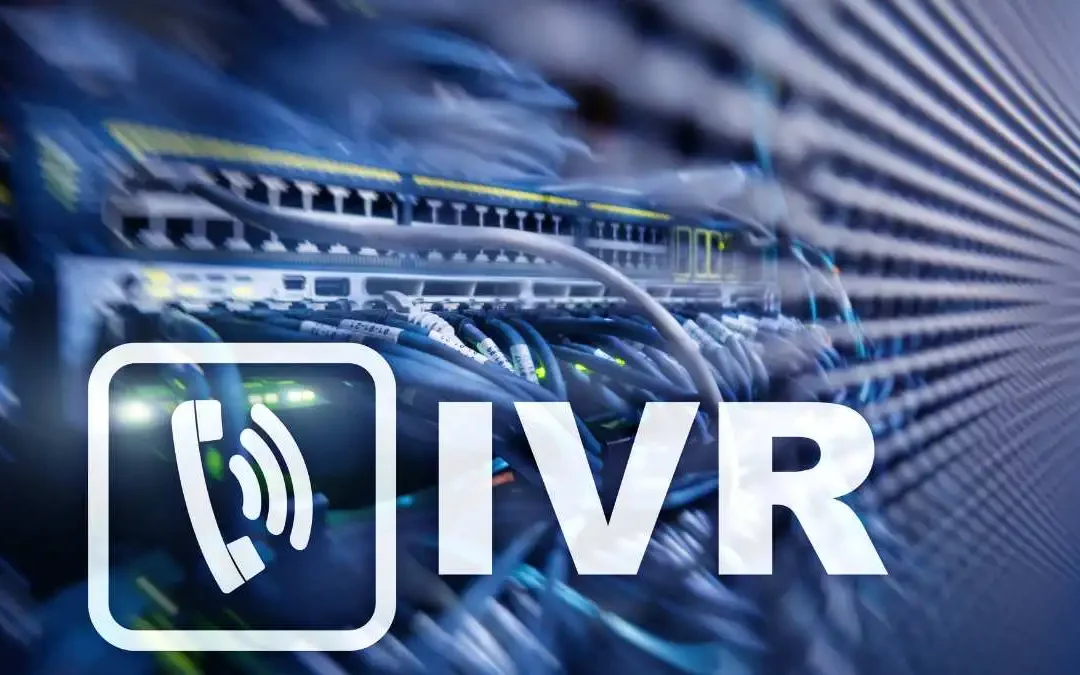In recent years, customer experience has become a central focus of business strategies, and communication channels have evolved accordingly, highlighting the importance of recognizing the difference between voice chatbots and IVRs. According to Deloitte research, 89% of companies compete primarily on the basis of customer experience (CX).
However, many organizations continue to use outdated Interactive Voice Response (IVR) systems, which often lead to consumer frustration. Gartner estimates that by 2025, 40% of customer service interactions will be handled by conversational AI systems, including chatbots, significantly reducing wait times and improving user satisfaction. In this context, chatbots represent a valid alternative to traditional IVRs.
Updated on July 11th 2025
Estimated reading time: 4 minutes
Table of contents
What’s the difference between voice chatbots and IVRs?
Talking about the diffrence between voice chatbots and IVR, the latter (Interactive Voice Response) relies on predefined menus that users navigate by typing numbers or pronouncing specific keywords. It’s a rigid system, with limited paths and little flexibility. Voicebots, on the other hand, use artificial intelligence and speech recognition to understand natural language and respond conversationally. Unlike traditional IVRs, Voicebots allow users to express themselves freely, without having to follow a rigid structure of options, offering a more fluid, natural, and personalized experience.
Switching from IVRs to voice chatbots: advantages and use cases

AI-powered chatbots are revolutionizing customer service in various industries thanks to their ability to offer fast, personalized interactions, and 24/7 availability. Here are some practical use cases to understand the difference between voice chatbots and IVR:
Banking
Chatbots can handle balance inquiries, recent transactions, card blocking, and other simple tasks without the need for a human operator.
Technical Support
Many telecommunications and IT service companies use chatbots to solve common technical issues, guiding users step by step.
E-commerce
Chatbots improve customer support by providing order updates, returns management, and product recommendations.
Healthcare
In healthcare, chatbots book appointments, provide basic medical advice, and collect pre-visit data.
How to Replace IVR with a Voicebot
Customer experience (CX) has become a key differentiator for businesses, leading to a transformation in communication channels. That’s why it is important to understand the difference between voice chatbots and IVR.

Replacing an IVR system with a voice chatbot requires strategic planning and the involvement of multiple company teams. Here are the key steps:
- Mapping existing IVR flows
Analyze current user journeys within the IVR to identify the most frequent requests and friction points.
- Conversational flow design
Create simple and intuitive conversations based on real customer needs. The use of natural language is essential.
- Choosing a chatbot platform
Choose a scalable chatbot platform that can integrate with existing company systems (CRM, ticketing, etc.).
- Channel integration
The chatbot can be implemented on various channels, such as a website, WhatsApp, Facebook Messenger, or company apps.
- Testing and optimization
Monitor interactions, gather feedback, and continuously improve flows to ensure an optimal experience.
Conclusions
Once understood the difference between voice chatbots and IVR, companies will reduce operating costs but also significantly improve the customer experience. Intelligent automation offers rapid, 24-hour responses, with more human and personalized interactions than traditional voice menus. With the right strategy and technology, companies can turn customer service into a competitive advantage.
Faqs about Voice chatbots and IVR
An IVR is an automated telephone system based on voice commands or typing, while a chatbot uses natural language on digital channels such as web chat, apps, or social media.
In many cases, yes, especially for simple and frequent requests. However, in complex or regulated contexts, IVRs can still play a role.
Faster response speed, 24/7 availability, personalized interactions, and integration with other digital systems.
Yes, many companies choose to integrate chatbots and IVRs to offer a seamless omnichannel experience.
Updated on July 11th 2025

